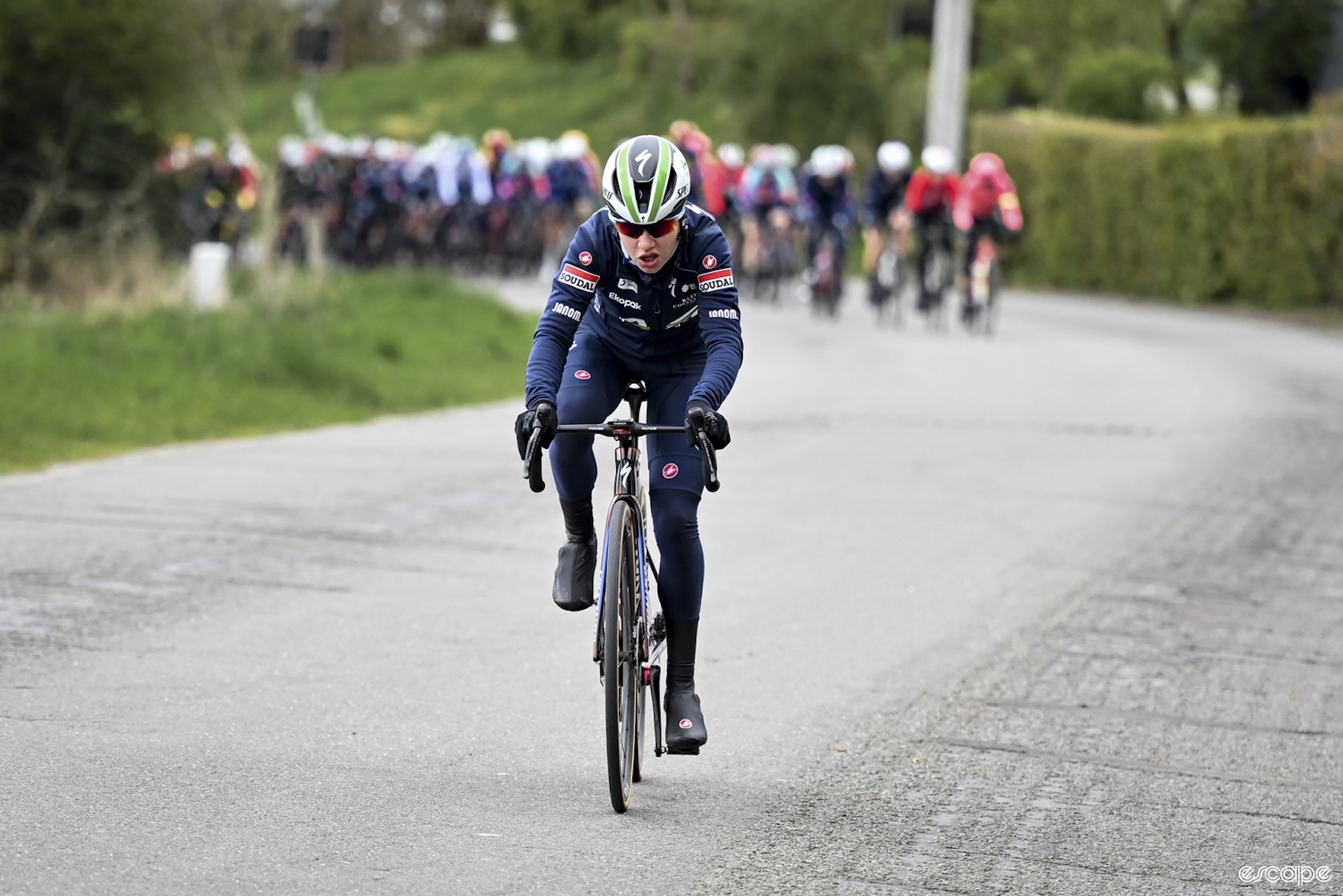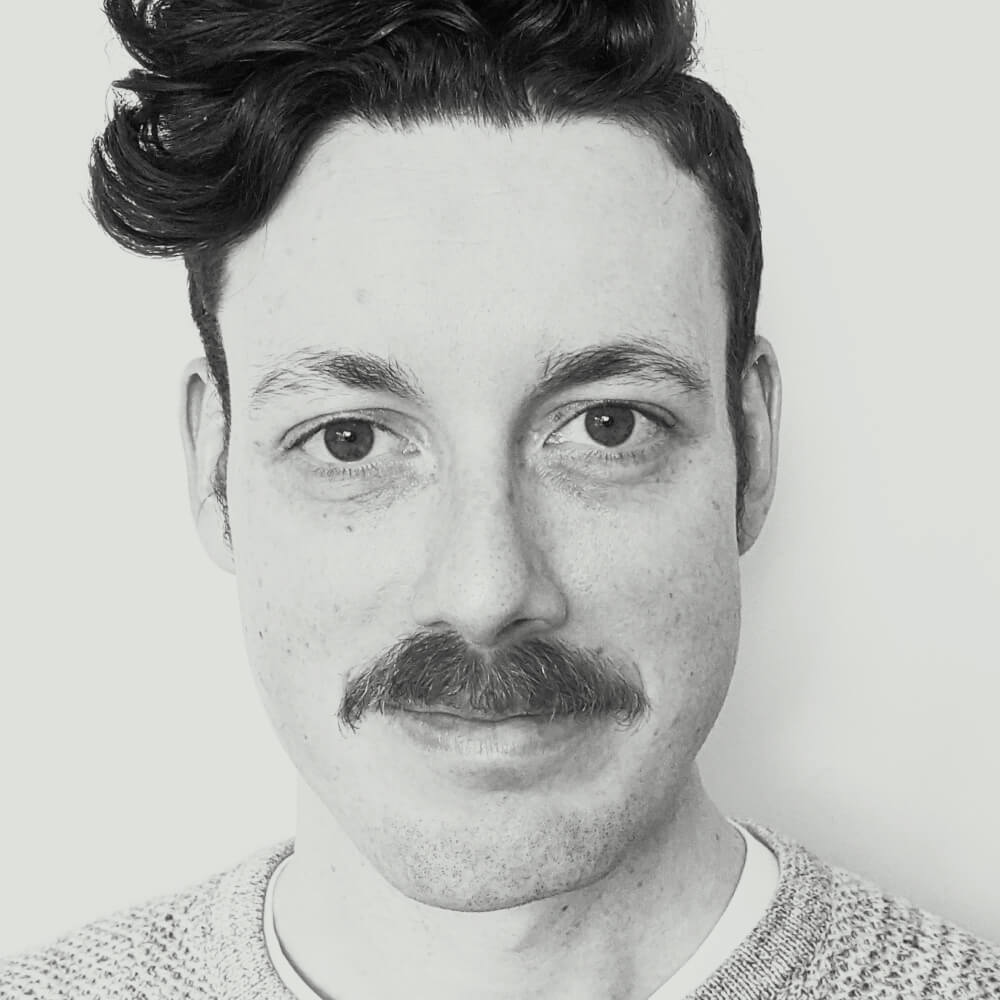The 2025 Australian Summer of Cycling has had a notable absentee in Sarah Gigante. The 24 year old has been one of its most dynamic and impactful riders since bursting onto the scene as National Road Race champion in 2019.
In the years since, she’s been national TT champion in 2020 and 2021 – stepping stones toward her first WorldTour contract in 2022 with Movistar – but had some challenging years of injury and illness, culminating in the mutual agreement to prematurely part ways with Movistar at the end of 2023, a season in which she had just five race days. Gigante signed with AG Insurance Soudal for 2024 onwards, a team that by her results alone seems a better match for the young Victorian; Gigante opened her account with a spectacular stage win on Willunga Hill at the Tour Down Under, clinching the overall title in the process. “I don’t even feel like a new rider. I just feel at home,” she said in the wake of that breakthrough result.
By the time the Tour de France rolled around, she’d demonstrated her climbing prowess on cycling’s biggest stage, working her way steadily up through the GC in her debut Tour de France Femmes Avec Zwift. Overshadowed slightly by the Vollering/Niewiadoma fireworks up the road, Gigante was a big mover and shaker, finishing eighth on the race-concluding Alpe d’Huez stage – enough for seventh overall, the highest-placed Australian and AG-Soudal rider.
As the season wound down there were more strong results for Gigante, including 20th in the World Championships Road Race and 24th at the Gravel Worlds – but trouble was on the horizon. A mysterious, debilitating leg pain had begun presenting itself, and after her season wrapped up there was finally an answer to why: iliac artery endofibrosis. Gigante has been back in Australia ever since – recovering, working her way through extensive physio, graduating from walking again to riding indoors to, finally, getting back on the bike outside.
Escape Collective spoke to Gigante in spectator-mode before the start of Cadel’s Road Race, where we spotted her in civilian clothing talking to team staff at the AG Insurance-Soudal car. After missing her “favourite races” after weeks on the sidelines, she shared the story of her diagnosis, recovery, and slow and ongoing path back to the pinnacle of the sport.
Iain Treloar: Hi Sarah! Can we talk about what’s news for you?
Sarah Gigante: Yeah, sure.
IT: Okay, so obviously you’re sitting out this summer of cycling. Run me through your last few months and the health issues.
SG: Yeah, it’s been a pretty hard two months. So at the start of December, I got surgery for iliac artery endofibrosis. Although, having said that – the last two months have been better than the two months before that, when I didn’t know what was happening and I had all this pain in my right leg.
It was a real mystery trying to work out the diagnosis, and just also painful because I was still trying to train for Nationals and Tour Down Under, so I was a bit stressed, and then also just hurting on the bike. So, yeah, it’s been tough since then … but today I went for my very first ride outside.
IT: Wow, okay! Congrats!
SG: I did two hours down Beach Road [ed. a popular, largely flat coastal route through the bayside suburbs of Melbourne] . Normally I never touch Beach Road, but I think I’ll be sticking to Beach Road for a while longer. But yeah, it’s nice just to be seeing progress and to ride pain-free again.

IT: And how was that first ride? Beach Road isn’t necessarily the most inspiring destination, but did you see it through fresh eyes, being back on the bike again?
SG: Yeah, definitely. I normally pride myself on only doing Beach Road a maximum of one time per year. I don’t like Beach Road …
IT: Well – first of February, you’ve ticked it off pretty early …
SG: Oh, I’m gonna do it again tomorrow, I had so much fun! (laughs) I’m breaking my rule. And yeah, it definitely gives you a new appreciation getting to ride outside. I was on a gravel bike I’m borrowing from Specialized Australia, because it’s a bit more upright. But even so, I still managed to get a group of about 20 men sitting on. I went with my uncle, and yeah, we looked behind, and we had quite a bunchie going on. So, no, it was fun.
IT: So are you now back to dedicated training?
SG: No, it’s more like rehab than training.
IT: Do you have a recovery timeline you’re working towards?
SG: Actually, my team AG Insurance–Soudal, as well as the Victorian Institute of Sport, who have been managing it all, they’ve been really good and patient in that they’re not really putting a fixed timeline on things. I don’t have, like, a return to competition date set. It’s more just ticking off the steps one by one.
First I was just resting, then I was walking, then I was on the elliptical. I rode inside for two weeks, now today outside, but yeah – no power targets and still very restricted on duration and everything.
I’m optimistic. I hope I can race the Tour de France, but yeah, I don’t know. It depends on so much – not just selection, but mainly my health.

IT: Do you have a time set that you’ll be returning to Europe?
SG: No, I will stay with the Victorian Institute of Sport until a few weeks before I can race, just because I’m going there like four times a week for physio. They’re really looking after me! It’s my second home. Luckily, I live really close.
IT: If you return for the Tour de France, what stages would you hope to target?
SG: It’s very early to say, but I saw the route presentation before I knew anything about my diagnosis – I knew I had an injury I was managing, but I thought, you know, maybe a week or two and I’ll be better. But I remember I was very excited for the Col de la Madeleine – and I’m sure I’ll still be very excited.
IT: And discovering that you had the … sorry…
SG: Iliac artery endofibrosis …
IT: Thanks. Discovering that you had that, was that a relief to find out what it was, or to find out that there was something?
SG: It was definitely nicer to know I had something then to not know, because yeah, it was so painful – and it just seemed to be getting worse no matter what we did. But then, on the other hand, I definitely wasn’t expecting something like that, because I’ve heard of lots of other people who have had it, but, you know, they’ve had pain for so long, and not the best season, and they’ve been getting worse and worse. And I felt like I just had my best season, and then how good I’ve done it with one leg, so it felt like a bit of a shock at the start.

IT: And a longer recovery period than you were hoping …?
SG: Yeah, exactly. Like, I was still training – this was at the very end of November that I found out, and I was still hoping to win the Tour Down Under and go for the National TT. So it was a real shame to miss out on my favorite races, and also just a bit scarier than a normal surgery. I’ve had plenty of, you know, collarbone surgeries, but something vascular … and the surgeon warned me, like, ‘Oh, if you blow off the [vein] patch, you’ll die before you can call the ambulance’ – he says that so that you don’t ignore the instructions and do exercise.
So yeah, I was definitely a bit nervous about how it would go. Cycling is so important to me, but also just having a functioning leg is important. I was nervous, but as soon as the surgery was done, it’s been really much better on this side than the other side.
IT: And did you get to head over to watch the TDU?
SG: No, I didn’t. This is my first bike race that I’ve been at … Oh, I went to one Hawthorn criterium [a local club], actually.
IT: Gotta represent!
SG: Yeah, exactly! [laughs]
Did we do a good job with this story?


